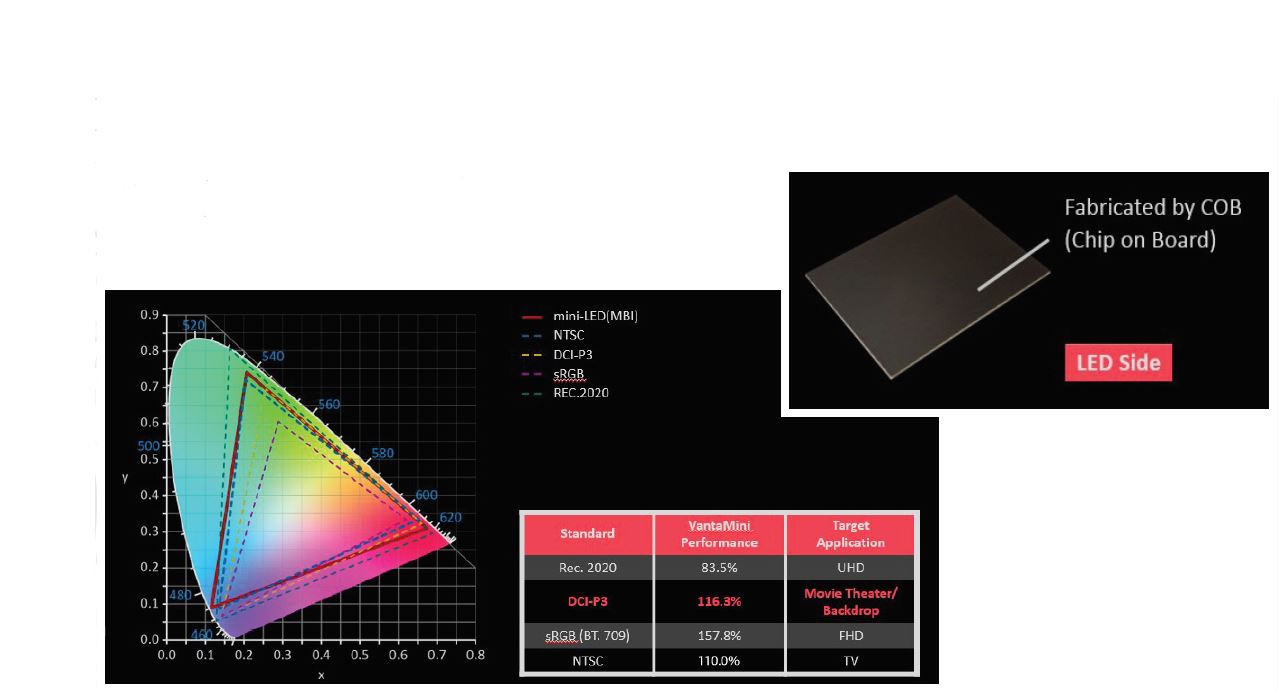Traditional green screens have certainly served as a valuable tool for filmmakers for decades, but they are about to get replaced. Today's groundbreaking virtual production technologies will unleash new potential for filmmaking and reshape the way movies are made. That being said, LED screens are certainly one of the key engines driving this revolution.
From sci-fi drama series to blockbuster action movies to documentaries showing people’s lives in the 1920s’ New York, the LED screens – thanks to the immersive experience it is able to create – seem to be the only backdrop solution that can satisfy the audiences' ever-increasing demand for flawless and realistic visual effects in all genres of movies.
In the following paragraphs, we will discuss the competitive advantages of using LED screens in filmmaking, the common challenges one can expect to face when adopting this application and the ways to overcome these challenges:
Question: What are the advantages of using LED screens instead of traditional green screens in film production?
Green screens are commonly used throughout the film and television industries to create virtual worlds that do not exist or replicate places that are too far to travel to. Actors and actresses are filmed in front of a blank green (or blue) screen, and the background details are dropped in later. Although the visual effects created by a green screen are far better than that created by a projected background, green screen does have its limitations, including the followings:
- 1. If the studio lighting isn't balanced properly, the background dropped in during post-production may appear fake, ruining the immersive experience green screen was supposed to create;
- 2. Post-production costs are high as adjustments need to be made to render images on green screens that match the perspective and movement of the foreground perfectly;
- 3. Green screen may cause the "spill" effect, which occurs when the green ambient light reflected by the green screen is scattered on the actors and actresses. This problem is worsened if the actors and actresses are wearing shiny costumes; and
- 4. From the actors' and actresses' point of view, it can sometimes be difficult to perform only by their own imagination of something that's actually not there.
As mentioned earlier, virtual production using LED screens is revolutionizing filmmaking. One of the most prominent record-setting examples of this is the filming of Disney+ series "The Mandalorian". An LED backdrop is able to overcome the problems created by green screens, including the four below:
- 1. LED screens can make virtual environments unbelievably authentic;
- 2. LED screens offer better lighting;
- 3. LED screens display the virtual scenes right on set, greatly reducing the need for actors and actresses to imagine something that does not exist while acting;
- 4. LED screens allow background scenes to be filmed on set, reducing costs of post-production.
Although setting-up a virtual production studio using the LED screens does involve a significant up-front capital investment, it creates significant future savings by reducing the need for outdoor shootings and post-production costs. And of course, it can always be converted to a green screen if needed.
Question: What are the challenges of using LED screens as backdrop in virtual production?
LED screens aim to change the way movie and television productions are created, and they are constantly improving. However, there are still challenges that need to be overcome in order to make the LED screens suitable to be used for media production. These challenges include:
- 1. Brightness: Depending on the scene setting, the brightness of the LED screen needs to be adjusted to meet the requirements.
- 2. Refresh Rate:
- Refresh Rate at High Brightness: According to the "10 times refresh rate" theory, the refresh rate of LED displays needs to be at least 10 times more than the camera shutter speed in order for images taken by the camera to be free of lines and defects. For the case of a typical camera used in filmmaking, it normally has a shutter speed of about 1/200 second, so the refresh rate of the corresponding LED screen needs to be greater than 2,000Hz to avoid bright lines appearing on the image.
Low refresh rate results in bright lines
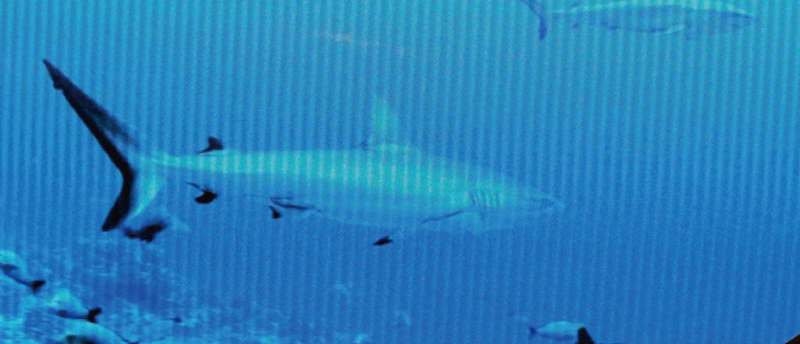
- Refresh Rate at Low Brightness: Most fine-pitch LED displays today use PWM-based driver chips. Such driver chips have an inherent weakness of causing the refresh rate at low-grayscale levels to be lower than that at high-grayscale levels. As a result, when one captures an image displayed on an LED screen displaying a low-grayscale picture, black streaks start to appear, greatly affecting the overall visual experience.
Low refresh rate causes the scan line problem
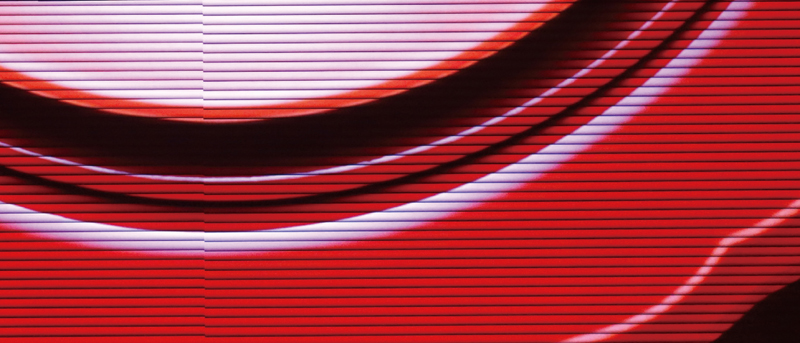
- 3. Grayscale: At low grayscale levels, pixel data loss and discontinuity problems usually occur. This reduces the smoothness of images causing them to appear unclear to viewers. Generally, there are two root causes to this problem. The first is that the grayscale data of the video source is compressed. This leads to a loss of a certain amount of grayscale and is likely to result in blocky images. The second is that the grayscale output bit number of the LED display is too low. Therefore, the jump span of each level at low grayscale becomes too large, thereby causing discontinuity.
Low grayscale causes the discontinuity problem
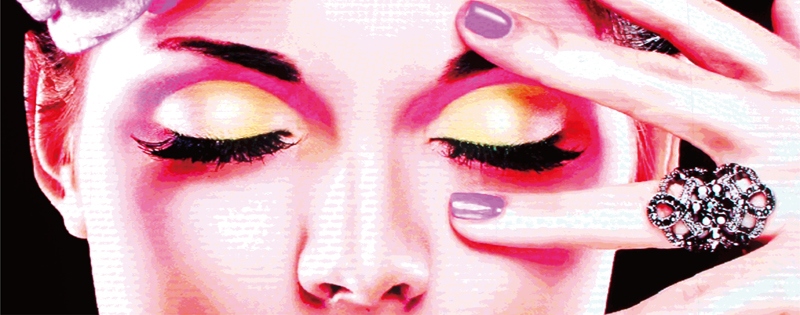
- 4. HDR: If the LED display has a higher grayscale output, such as 16 bits, it can reduce image discontinuity problems producing better visual effects. Viewers can see more details, especially under low brightness conditions. In addition, when the video source is HDR, an LED displays will perform better with 16-bit grayscale output and a higher refresh rate. This kind of opulent image quality will bring a photorealistic performance making it well suited for virtual production backdrop.
SDR vs. HDR
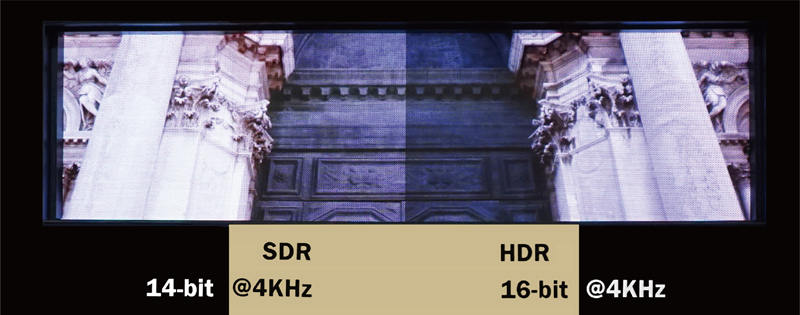
- 5. Contrast: Insufficient contrast causes loss of image details and results in images with missing layers, similar to a painting without depths and colors.
Low contrast, losing image detail High contrast, remaining image details


- 6. Power Consumption & Temperature: LED displays are notorious for consuming a great deal of energy and generating a large amount of heat that can drive up costs and shorten display lifespan.
- 7. Moiré: Moiré patterns are large-scale interference patterns in an image that are produced when an opaque ruled pattern with transparent gaps is overlaid on another similar (but not identical) pattern.
Moiré issue
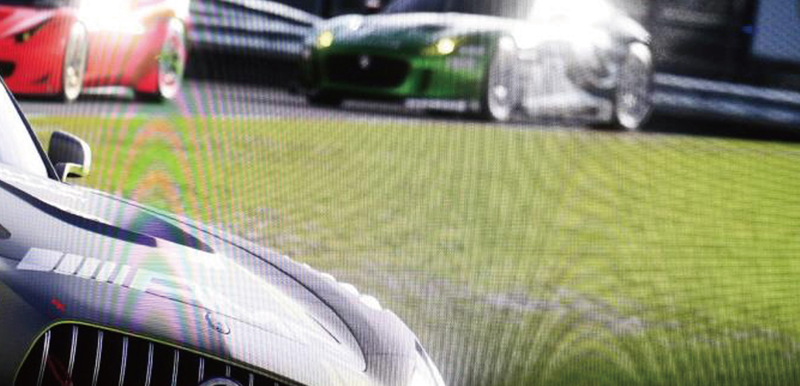
Question: How to overcome these challenges when LED screens are used in virtual production?
Although the abovementioned challenges seem to be complicated, there are ways to overcome them. As a leading supplier of LED Display Driver ICs, Macroblock has solutions that can overcome these challenges.
- 1. Brightness: Most Macroblock driver ICs have a “current gain” function for screen brightness adjustment. The current determines the brightness of LEDs. Therefore, lowering or increasing the LED driver current can adjust display brightness. As using current gain to adjust brightness will not make grayscale to become a compensating factor, the current gain function has been widely applied to LED displays that require brightness adjustments frequently.
- 2. Refresh Rate, 3. Grayscale: For high refresh rate and high grayscale output considerations, Macroblock has a series of driver ICs that can achieve 16-bit grayscale with 4KHz refresh rate. These driver ICs include MBI5251 (max. 8-scan design), MBI5850, MBI5359, MBI5264 and MBI5864.
- 4. HDR, 5. Contrast: Macroblock “HDR-Optimized” driver ICs is able to reach 16-bit grayscale and 4KHz refresh rate even when they are designed with 32-scan (or above) LED driver ICs. These driver ICs allow producers to deliver exquisite and delicate cinematic images.
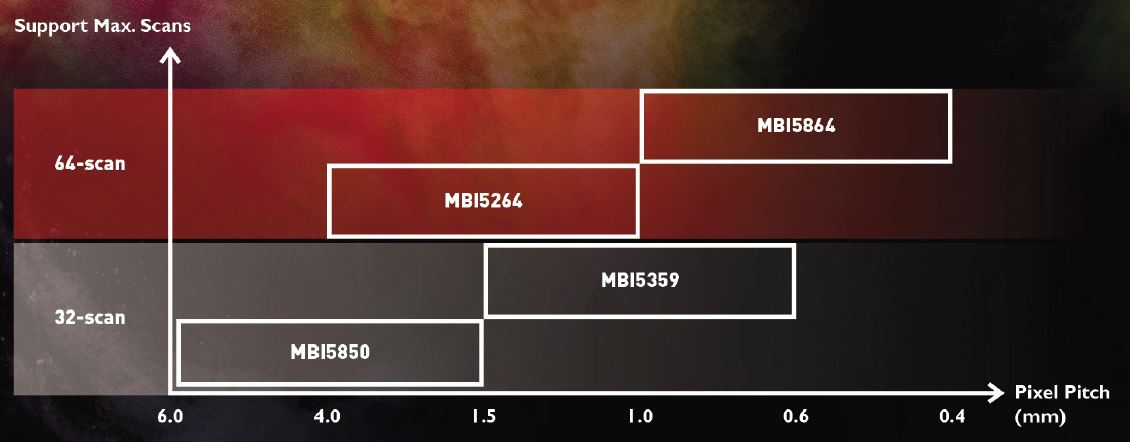
- 6. Power Consumption & Temperature: Certain LED drivers from Macroblock include a "Dynamic+ Power Saving" function that helps saving power when an LED display shows "low gray level" or "low grayscale" content. Depending on the grayscale level of the content, Dynamic+ Power Saving can reduce power consumption by as much as 10 percent when displaying both still images and full-motion content and lower surface temperature.
- 7. Moiré: Macroblock has introduced a mini-LED module solution – VantaMini – that leverages on the flip-chip technology. The VantaMini features pixel pitches as low as 0.625mm and has a higher contrast, more superior overall image quality and longer life span as compared to an LED display module using traditional surface mount technology. As shown in the picture below, VantaMini offers a wider color space as compared to traditional displays. In addition, VantaMini has wider viewing angle of 170° that helps avoiding color shift. As VantaMini uses flip-chip LEDs that are package-free and of a much smaller pixel pitch, they can potentially reduce or eliminate moiré issues.
